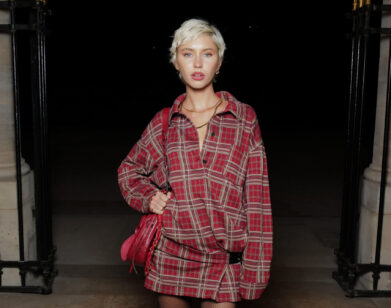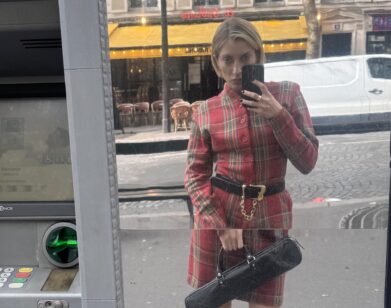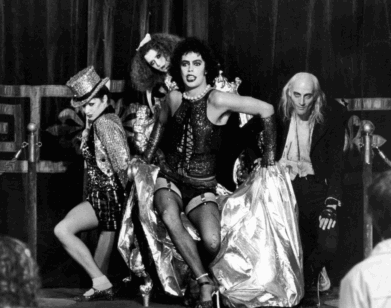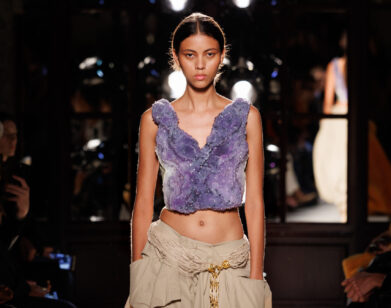Kelley Walker
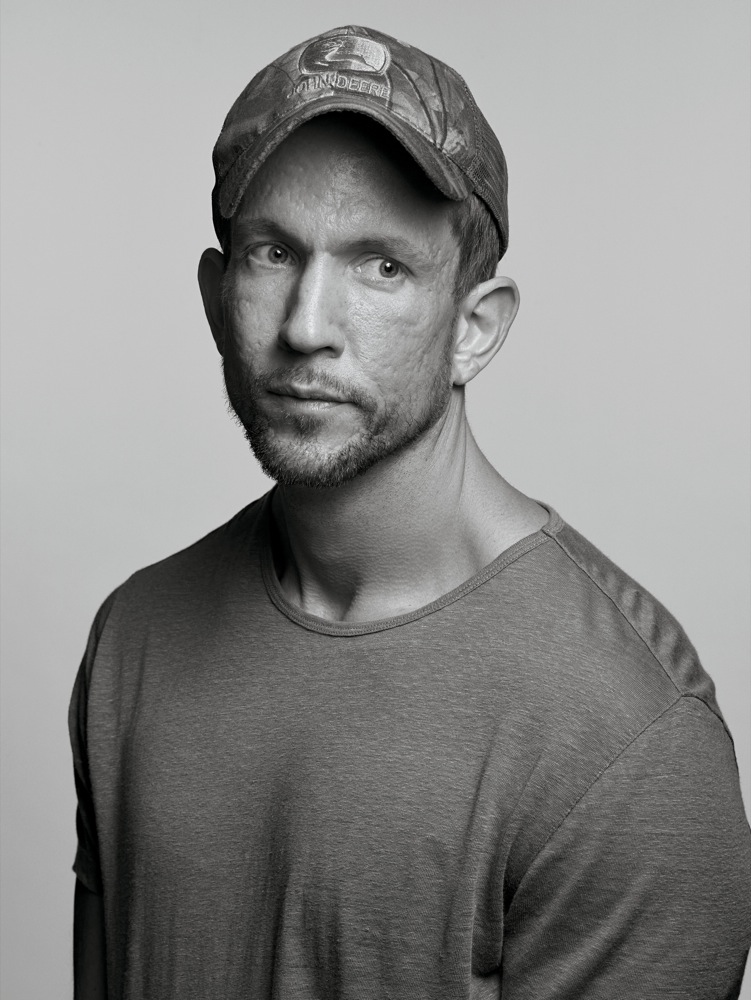

Perhaps no artist deals so strategically and systematically with pop culture as Kelley Walker. The 39-year-old artist is something of a post-pop wizard, using a copy, cut, and reprint technique that often involves an Epson ink jet printer and screen-printing. The result is a series of loaded pop images-somehow violent, hilarious, spontaneous, and overdetermined all at once. Most famously, Walker has screen-printed paintings based on photos similar to those used by Andy Warhol in his Race Riot works, smearing the images with chocolate. He also likes to work with toothpaste, images of disasters, and most recently, every still frame from Whitney Houston’s video “How Will I Know.”
CHRISTOPHER BOLLEN: In terms of materials and technique, your work often strikes me as a series of experiments. When you go to make a work, is it by trial and error, or do you know what you’re going to end up with?
KELLEY WALKER: It depends. Sometimes I get it in my head, and it’s a straight shot. Actually, the chocolate on the canvas just popped into my head, and I did it. Other times, it does take a while, and I allow myself the time to think. Sometimes I’ll present a work to the public and listen to the responses-then pull it back, shape it, and put it back out.
CB: You’ve serially moved through images-your race riots being a big staple. For a recent show they appeared in red.
Sometimes I’ll present a work to the public and listen to the responses-then pull
it back, shape it, and put it back outKelley Walker
KW: I was working in the gap where Martin Luther King, Jr. quoted communism (red) and Warhol appropriated the protest image and named it riot, which is precisely what King didn’t want his cause to be associated with. But that was the very thing that made it sexy to the art world. So I played between the two associations.
CB: And now you’ve also added Whitney Houston to your visual lexicon, reprinting every frame from her music video for “How Will I Know.”
KW: In some respects the piece comes from a very embarrassing place. It’s an embarrassing image, which I think prevents it from becoming so easily sublimated—it doesn’t play the sort of cool game like, say, [Jean-Luc] Godard as an image. It’s also a silly song. And there is something amazing and extremely tragic about Whitney Houston that is very American.
CB: When did she first creep into your work?
KW: I was doing a show at Power House in Memphis. It was two weeks before the opening, and they were becoming very nervous about my works. Two of the pieces were already purchased by museums and the insurance the gallery had to carry was really high.
CB: They were worried the chocolate would melt?
KW: There was no climate control, so they refused. So I basically made new work. I bought Whitney Houston’s The Greatest Hits and printed every video still.
CB: What about Michael Jackson? You’ve used his mug shot in a number of works. Obviously he fulfills this spectacle of tragedy, race, and pop.
KW: Michael Jackson is a very weird impulse. It was the exploration of something overtly pop, to the point where pop is kitsch. It’s also an exaggeration when placed across from the race riots. Because again you have the police department and you have Michael Jackson.



